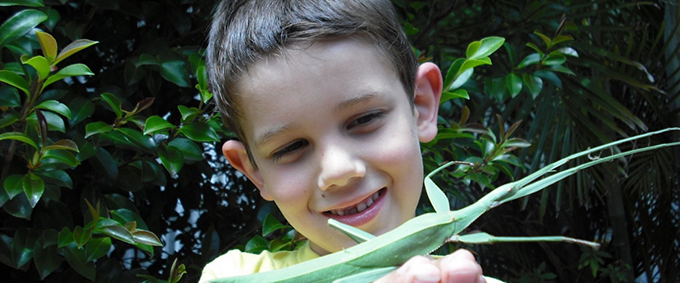
From an early age, boys and girls get closer to fauna through visits to zoos, stories and children’s movies. They know many animals, although they are usually species from faraway places and, basically, large mammals, such as the lion or the kangaroo.
However, they present more limited knowledge about the animals in their environment and their value to our lives. This is accentuated in the case of invertebrates that tend to go unnoticed and even generate rejection .
For this reason, it is essential that the teaching of animal biodiversity attend to the regional fauna, both vertebrate and invertebrate, highlighting its connection with our lives and the need to acquire commitments for its conservation .
This can be done from the classroom, as we have seen in our activity project for 1st and 2nd grade, organized into four tasks:
1. Wildlife on the class table
The boys and girls, organized in groups, select and discuss those species that can be found in the region in the wild, from 30 cards with images of vertebrates and invertebrates.
The fundamental objective is that they express their ideas in this regard and bring them closer to the wide animal diversity of each region (of Murcia in our specific case).
2. What is my favorite animal?
When asked this question, most opted for mammals such as otter or dolphin. Next, some conservation problems regarding these species, closely linked to our actions, were analyzed.
Mainly, we attended to the impact on nature of plastic waste, through short stories, short newspaper news (specifically designed) and cartoons.
Afterwards, the boys and girls wrote an individual commitment on actions that they would be willing to adopt for the conservation of their favorite species.
3. And the ones we like the least, are they important?
Using the initial cards, the students select the animals they like the least (all groups selected invertebrates, in our case).
The photos of these animals are placed on the blackboard and a multitude of cardboard flowers are glued around them, representing the ground in the lower area. Pollinating insects occupied this field of flowers, while scorpions and earthworms (as aerators and decomposers) were located on the ground.
The students prepare and expose their classmates to the role of invertebrates as pollinators and the role of decomposers and aerators to improve soil quality. In this case, the teacher acts as a companion and guide.
This is how a plants-soil-invertebrates system is configured, from which to establish relationships with our day to day. Each group uses a box with different objects and images (stuffed animals, food, photographs) from which the objects are removed and their relationship with the elements already present on the board is discussed.
In this way they can connect this habitat with that of the animals on the initial cards, establishing simple food chains. They can also relate it to agricultural fields, livestock and beekeeping, using images of crops and popular tales, as well as stuffed animals related to the primary sector.
In turn, the primary sector connects with the food it produces: fruits and vegetables, milk, honey, etc. represented by way of images, toys and real products. These foods are linked to neighborhood stores by presenting photos of the greengrocer, supermarket and other businesses in their neighborhood. Places habitually frequented by students and their families.
They can include photographs of their relatives and of them eating fruits. By presenting these images, a moment of great expectation is fostered. In the blackboard scheme, we can strategically place their photos next to the invertebrates and even place hearts between them.
Spontaneously, the students come to consider commitments for the protection of these animals, which they initially reject; reflects on the relationships between nature and society that are not obvious.
4. Ambassadors of conservation
Days after the activity, in interviews with family members, they stated that their sons and daughters had conveyed to them the importance of invertebrates for our lives and the personal commitments raised in class.
As a synthesis, we reflect the phrase that a student said to her family:
“I have learned that even the smallest animals are important to us.”
Author Bios: Isabel Banos Gonzalez is Professor in Didactics of Experimental Sciences and Patricia Esteve Guirao who is a Contracted PhD professor both at the University of Murcia
